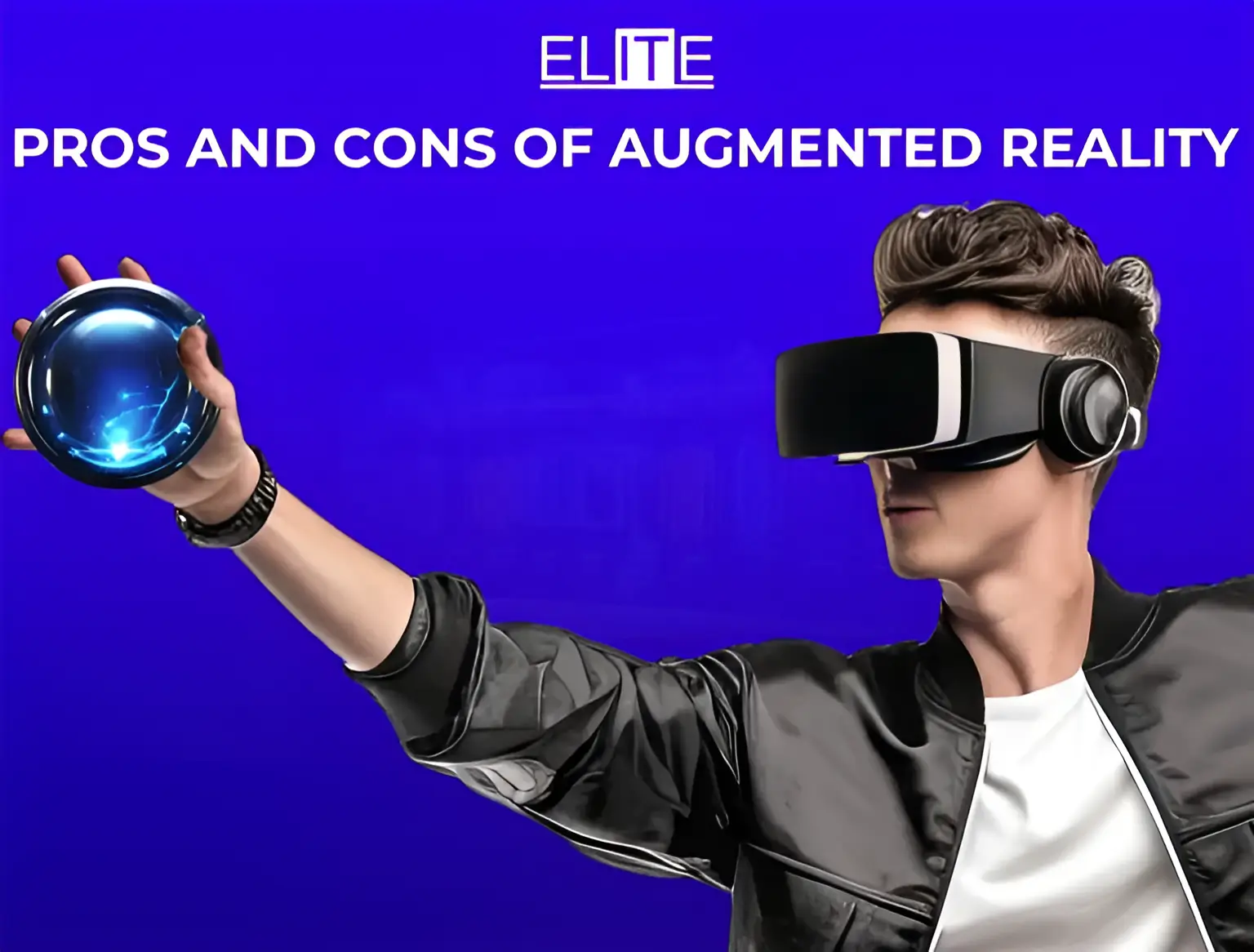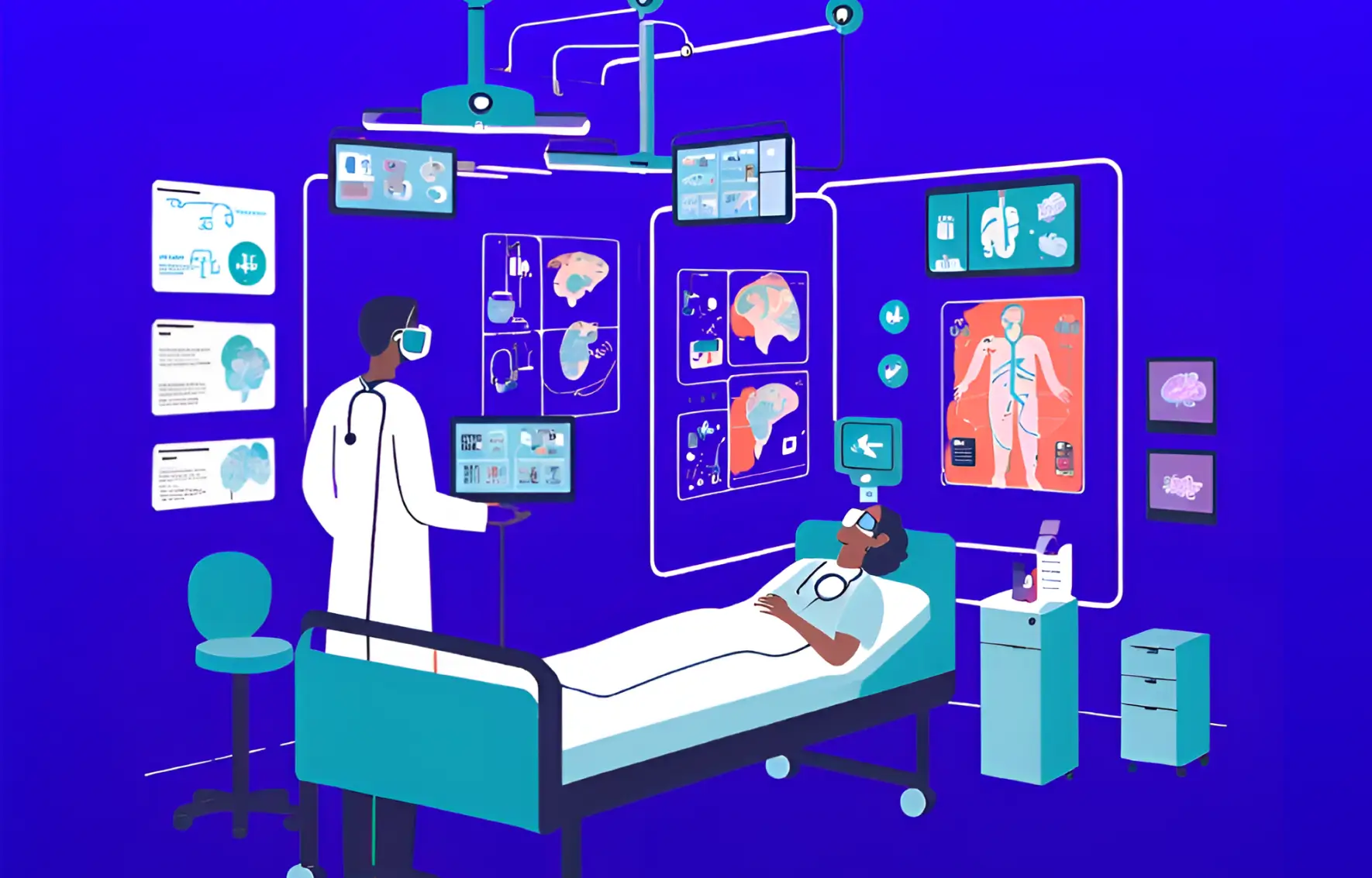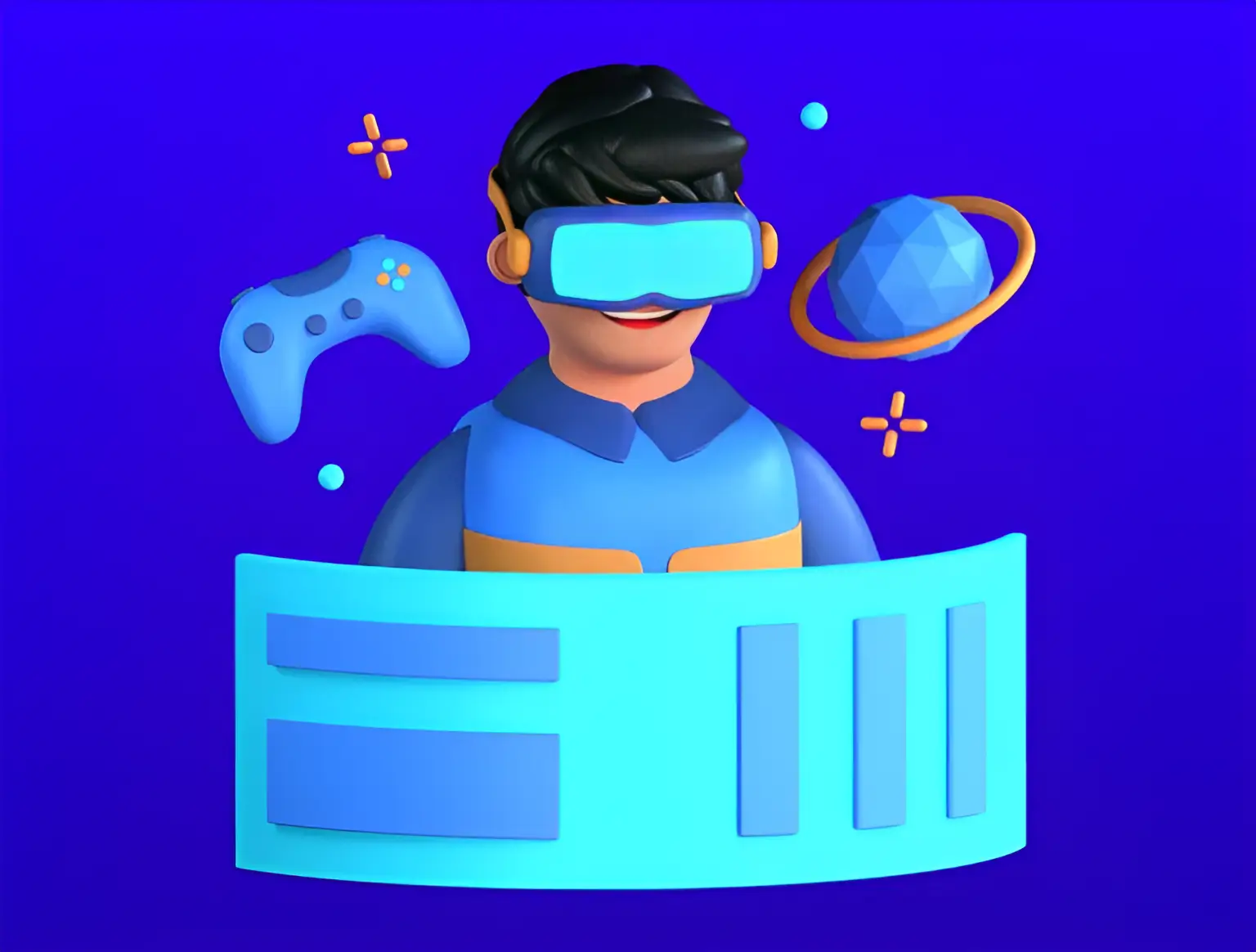Imagine a world where your smartphone screen doesn’t just display photos, but brings the physical world to life with interactive 3D models, personalized information, and virtual enhancements. This is Augmented Reality (AR), a groundbreaking technology reshaping how we interact with our surroundings. As AR evolves, its presence is felt across diverse areas—from helping us envision furniture in our homes before we buy it to transforming healthcare, education, and entertainment. However, as we embrace the exciting potential of AR, it’s essential to consider the pros and cons of Augmented Reality to understand its full impact.
AR enables innovative applications that merge digital and physical realities, captivating users with immersive experiences. But with these opportunities come challenges, including privacy concerns, social implications, and the risk of over-reliance on virtual information. Developing effective AR applications requires a careful blend of technical expertise and creativity, especially as AR VR services expand to meet the demands of various industries. Whether through enhanced learning, business innovation, or digital entertainment, AR is creating new possibilities while presenting complexities that demand thoughtful consideration.
This blog delves into the possibilities and challenges that AR offers, examining how it is reshaping our world and what it means for the future.



















